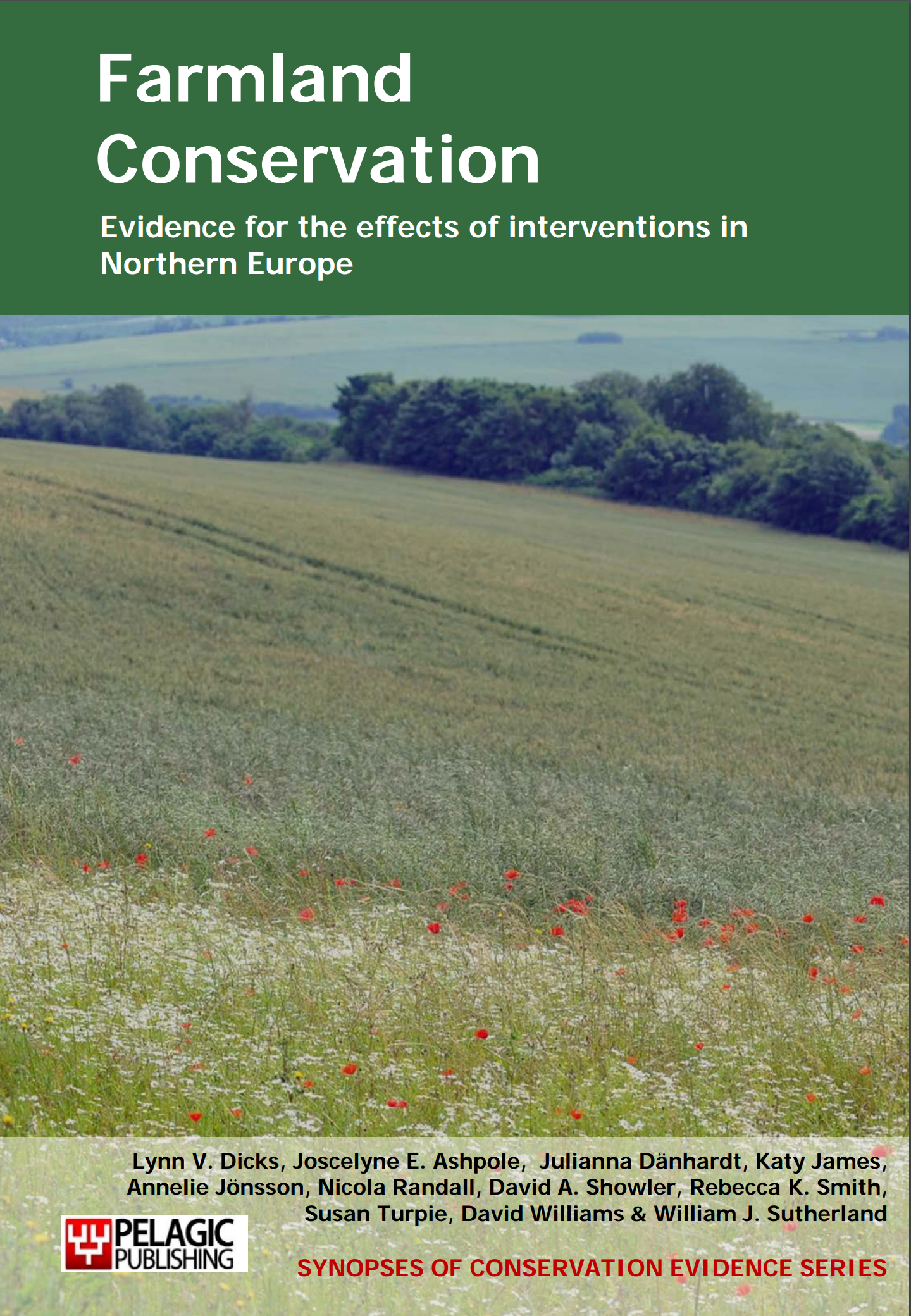Increase crop diversity
-
Overall effectiveness category Unknown effectiveness (limited evidence)
-
Number of studies: 4
View assessment score
Hide assessment score
How is the evidence assessed?
-
Effectiveness
0% -
Certainty
9% -
Harms
not assessed
Study locations
Supporting evidence from individual studies
A site comparison study from 1977 to 1979 in Hungary (Lovei 1984) found that monoculture fields had a more stable and abundant ground beetle (Carabidae) community than fields within a rotation. Significantly more beetles were caught in a monoculture maize Zea mays field than in rotation (maize/wheat) fields each year (1,203-2,511 vs 368-1,057 beetles) and the activity density was almost three times higher in the monoculture (5.1 vs 1.6 beetles/trap/week). Ground beetle species diversity, however, was higher on rotation fields (18-26 species/year) than the monoculture (18-21). The activity periods of the most common species were longer in the monoculture. The ground beetle community also appeared to be more stable in the monoculture, with 65% of species being caught in the spring and autumn compared to just 31% caught in both seasons in the rotation fields. Each year two types of maize field were studied: the monoculture had been planted with maize for almost 20 years (400 ha), rotation fields previously sown with winter wheat were planted with maize in the first year of the study (28-78 ha). Monoculture and rotation fields were chosen to be as near to each other as possible (200-30,000 m apart). Invertebrates were sampled using a line of 10 pitfall traps extending from the field margin towards the centre of each field. Traps were checked weekly from May to August (monoculture) or October (rotations) each year.
Study and other actions testedA site comparison study in 1988 near Ghent, Belgium (Desender & Alderweireldt 1990) found more ground beetles (Carabidae) and more ground beetle species in a maize Zea mays field in crop rotation than in maize or perennial ryegrass Lolium perenne fields grown in monoculture. On the crop rotated maize field, 3,500 ground beetles of 18 species were caught, compared to 3,000 beetles of 15 species on the maize monoculture field. Fourteen species were caught on the rye grass monoculture in a different year. Ground beetles were collected every fortnight from six pitfall traps in each field, from May until September 1988 (1980 for the rye grass monoculture). Fields were small, just a few hectares in size.
Study and other actions testedA replicated, controlled study in summer 1991-1994 in the Province of Bayern, Germany (Hilbig 1997) found that farms in the Bavarian Cultural Landscape Programme (Bayerisches Kulturlandschaftsprogramm), an extensification programme, had more plant species than control farms (15.6 vs 13.8 plant species). There are no restrictions on fertilizer or pesticide use but some less common crops (e.g. flax and grass seeds) can be included in the crop rotation in this extensification programme. The study did not measure the actual number of crops in rotation on these farms. Vegetation was surveyed between June and September on total areas between 100 and 400 m2. Cereal crops were surveyed yearly, cut set-asides several times a year. Note that no statistical analyses were performed on the data.
Study and other actions testedA 1999 literature review (Kromp 1999) found two studies that compared ground beetles (Carabidae) in maize Zea mays fields in monoculture with those in crop rotation. One found more ground beetles in monocultures in large fields (28-400 ha; (Lovei 1984)), the other (with smaller fields measuring just a few hectares) is reported to have found no major differences, except for the presence of three additional species in crop-rotated maize (Desender & Alderweireldt 1990).
Study and other actions tested
Where has this evidence come from?
List of journals searched by synopsis
All the journals searched for all synopses
This Action forms part of the Action Synopsis:
Farmland Conservation
Farmland Conservation - Published 2013
Farmland Synopsis





)_2023.JPG)














